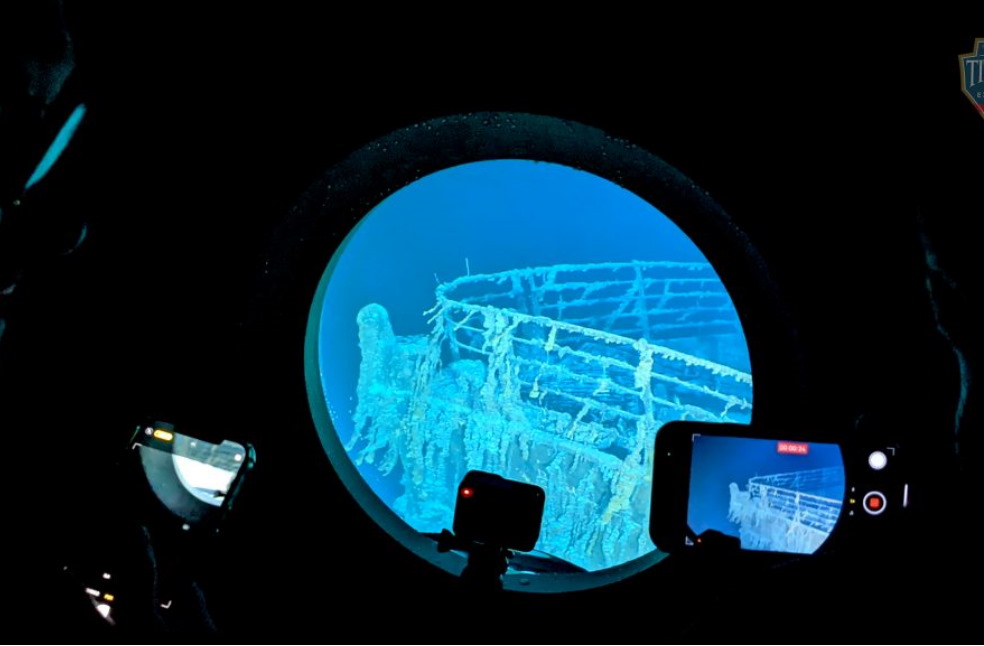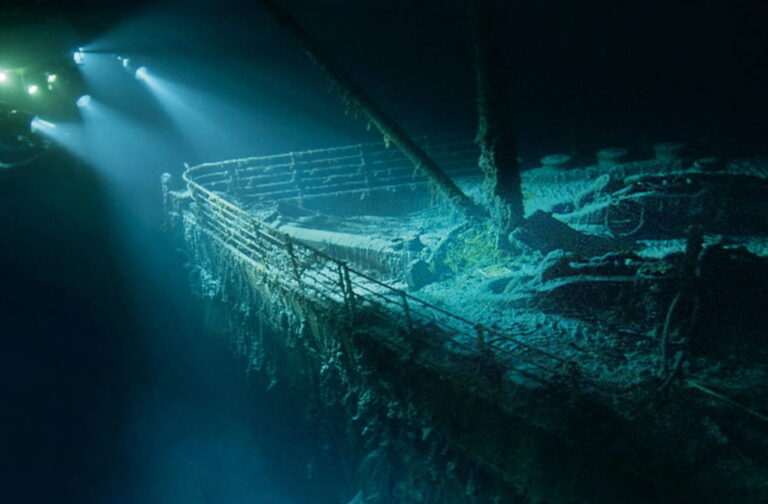Scotland, UK: The Titanic is remembered as “one of the greatest maritime tragedies in history.” Nearly 4,000 meters (13,000 feet) beneath the surface of the North Atlantic Ocean, the Titanic wreck lies in two pieces, slowly deteriorating.
Because of a sonar blip that was found 26 years ago, we now know that this underwater area has a lot more going on than we thought. The veteran Nautile submersible pilot and Titanic diver Mr. P.H. Nargeolet found the blip in 1996, but no one knows where it came from.
Mr. Nargeolet and four other researchers visited the blip’s previously known location earlier this year as part of an excursion to the Titanic shipwreck in search of the enigmatic object it symbolized. Due to the size of the blip, Nargeolet thought he was searching for another wreckage; however, he discovered a rocky reef made up of different volcanic formations that were teeming with lobsters, deep-sea fish, sponges, and multiple species of coral that may have been around for a very long time.

According to Mr. Murray Roberts, a professor of applied marine biology and ecology at the University of Edinburgh in Scotland and one of the researchers on the expedition, “It is biologically fascinating”.
“The animals that live there are very different from the animals that are found otherwise living in the abyssal ocean. Nargeolet did a really important piece of scientific work. He thought it was a shipwreck, and it turned out to be, in my mind, even more, amazing than a shipwreck,” Prof. Roberts remarked.
The ship that keeps on Giving
According to Mr. Roberts, 60 percent of the Earth’s surface is made up of the abyssal plain, which is a term used to characterize the ocean bottom at a water depth of 3,000 to 4,000 meters (about 12,000 feet). It is believed to be a featureless, unstructured, muddy seabed. Divers have spotted stone formations on the plain a few times. Since the most recent discovery was made close to the Titanic, Prof. Roberts now thinks that these traits might be more widespread than previously believed.
Rocky regions might also shed some light on the enigma of how far corals and sponges can migrate over the ocean floor. There aren’t many firm surfaces for these species to attach to in the normally muddy habitat where they are found in order to grow and breed.

OceanGate Expeditions and its foundation will continue their long-term research on the Titanic and its surroundings in 2023. This year, Mr. Fanning, OceanGate Expeditions, and Mr. Nargeolet all helped pay for the research.
Mr. Nargeolet is hoping to find a second sonar blip close to the Titanic on a subsequent mission. Between the Titanic disaster and the recently discovered reef, which is now known as the Nargeolet-Fanning Ridge in honor of him and the expedition’s mission specialist, Oisin Fanning, it was discovered during the same survey he conducted years earlier. Whatever it is, Mr. Nargeolet anticipates it to be far larger than this reef.
“The marine life… was so beautiful.” “It was really unbelievable because I was never expecting to see that in my life,” Mr. Nargeolet said while adding that, “I’ll be very happy to continue to look at the Titanic.



